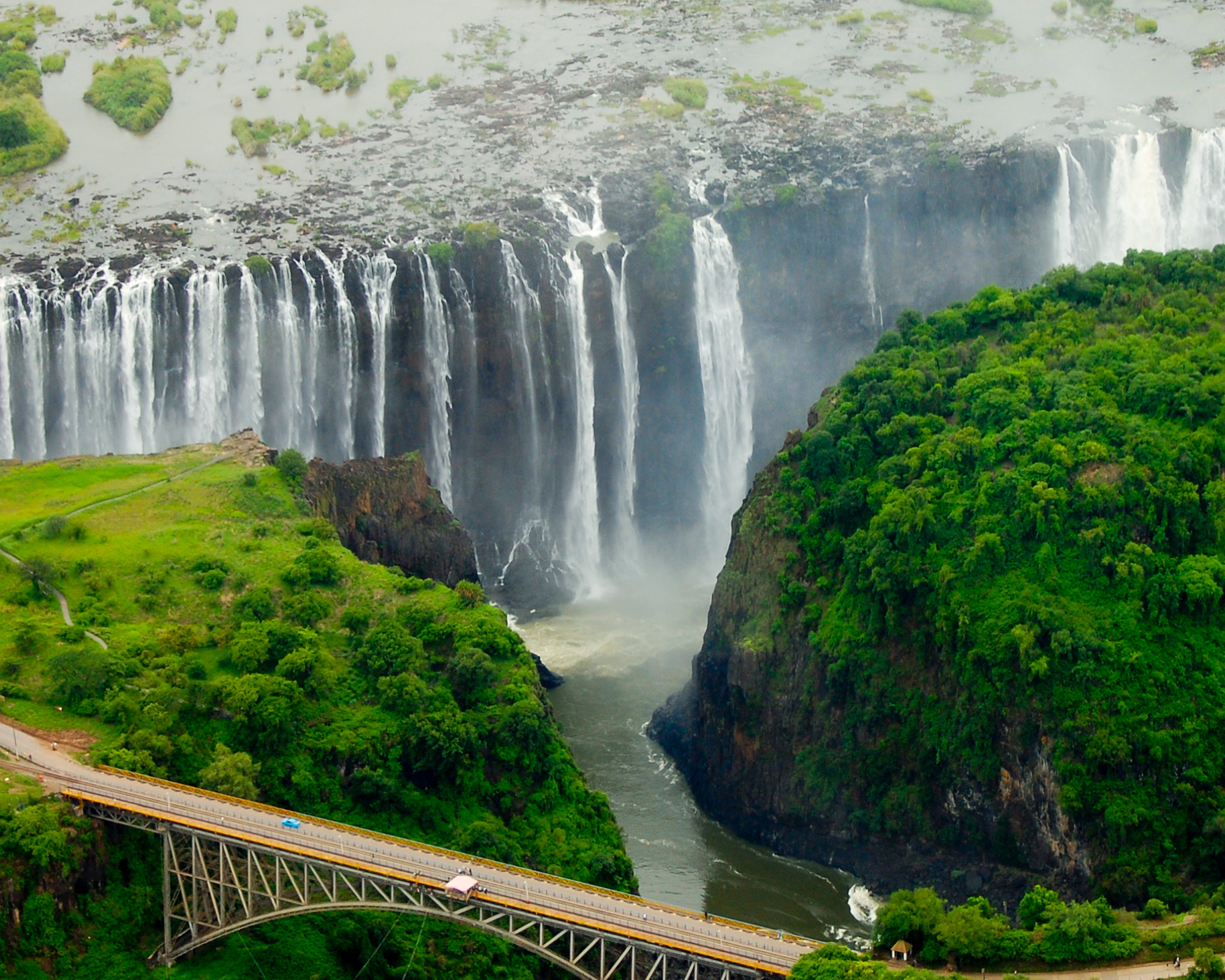
Zambia Map And Complete Travel Guide 2024
Zambia map and complete travel guide 2024
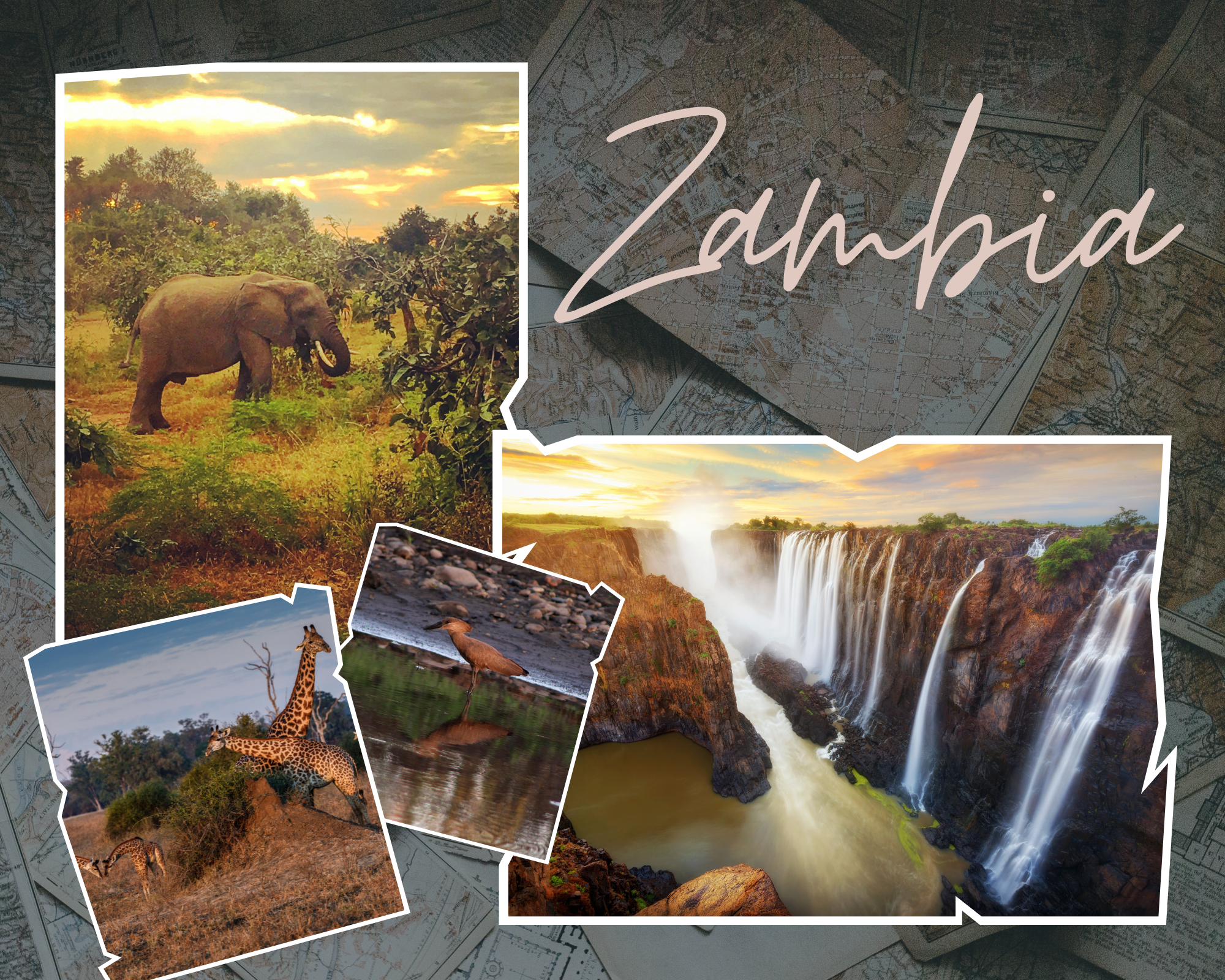
Photo Source : traveldreamdiary.com
Informations
Zambia is a landlocked country at the crossroads of Central, Southern and East Africa. The capital city is Lusaka, located in the south-central part of Zambia. The population is concentrated mainly around Lusaka in the south and the Copperbelt Province to the northwest, the core economic hubs of the country.
When to visit: The best time to visit this ancient land is during fall and spring. Spring lasts from February to April, whereas fall lasts from September to November.
Language: The official language is english.
Currency: Zambian kwacha aprox. 1$=22,5 Zambian kwacha
Food Prices: Meal in a cheap restaurant=3 USD, Meal for 2 People, Mid-range Restaurant=16 USD
You can find more information about the visa here.
Notice: Several of the links below are affiliate links, which means that if you click over and make a purchase, I will get a commission at no extra cost to you. Here is a link to our complete affiliate disclosure.
Things to do
Victoria Falls
A broad Zambezi waterfall, Victoria Falls is located between the Zambian border town of Livingstone and the Zimbabwean town of Victoria Falls. Since 1989, the falls have been included as a UNESCO World Heritage Site. Oral histories and archeological sites reveal a long history of African awareness of the location. The falls were recognized in 1855 by Scottish missionary David Livingstone, who gave the English colonial name of Victoria Falls after Queen Victoria, even though certain European geographers were aware of them before the 19th century. Since the middle of the 20th century, the location has grown in importance as a tourist destination. There are national parks and tourist facilities in both Zambia and Zimbabwe. Studies conducted in the late 2010s discovered that precipitation unpredictability brought on by climate change is probably going to alter the fall’s character.
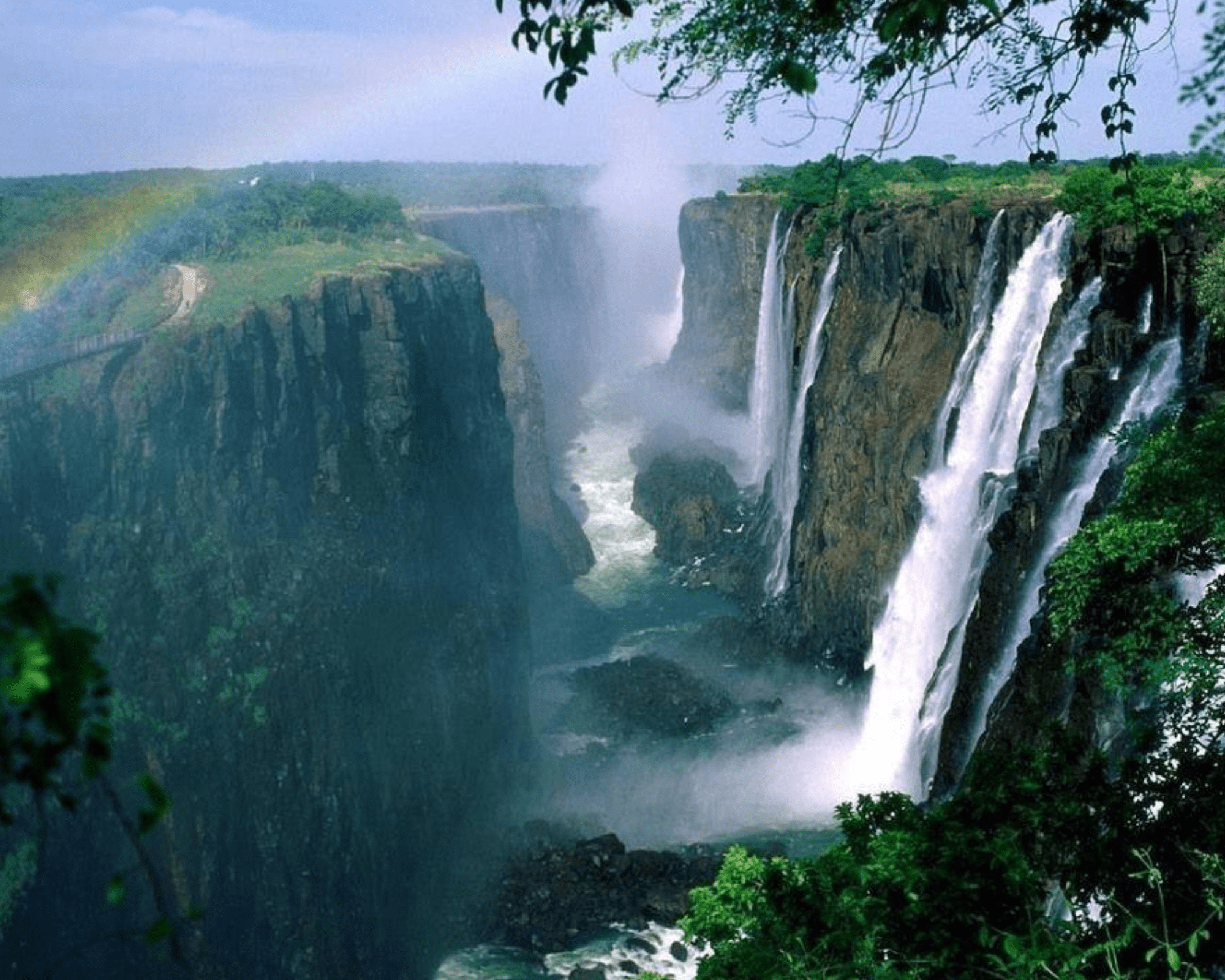
Photo Source : Hit like if Agreed on Facebook
South Luangwa National Park
The most well-known wildlife refuge in Zambia and the hub of travel there is the South Luangwa National Park. Of the three parks in the Luangwa River Valley, it is the most southern one. Luambe National Park and North Luangwa National Park are the other two. Large herds of elephants and buffalo, frequently numbering in the hundreds, as well as a significant population of Thorneycroft giraffes may be seen in South Luangwa National Park.
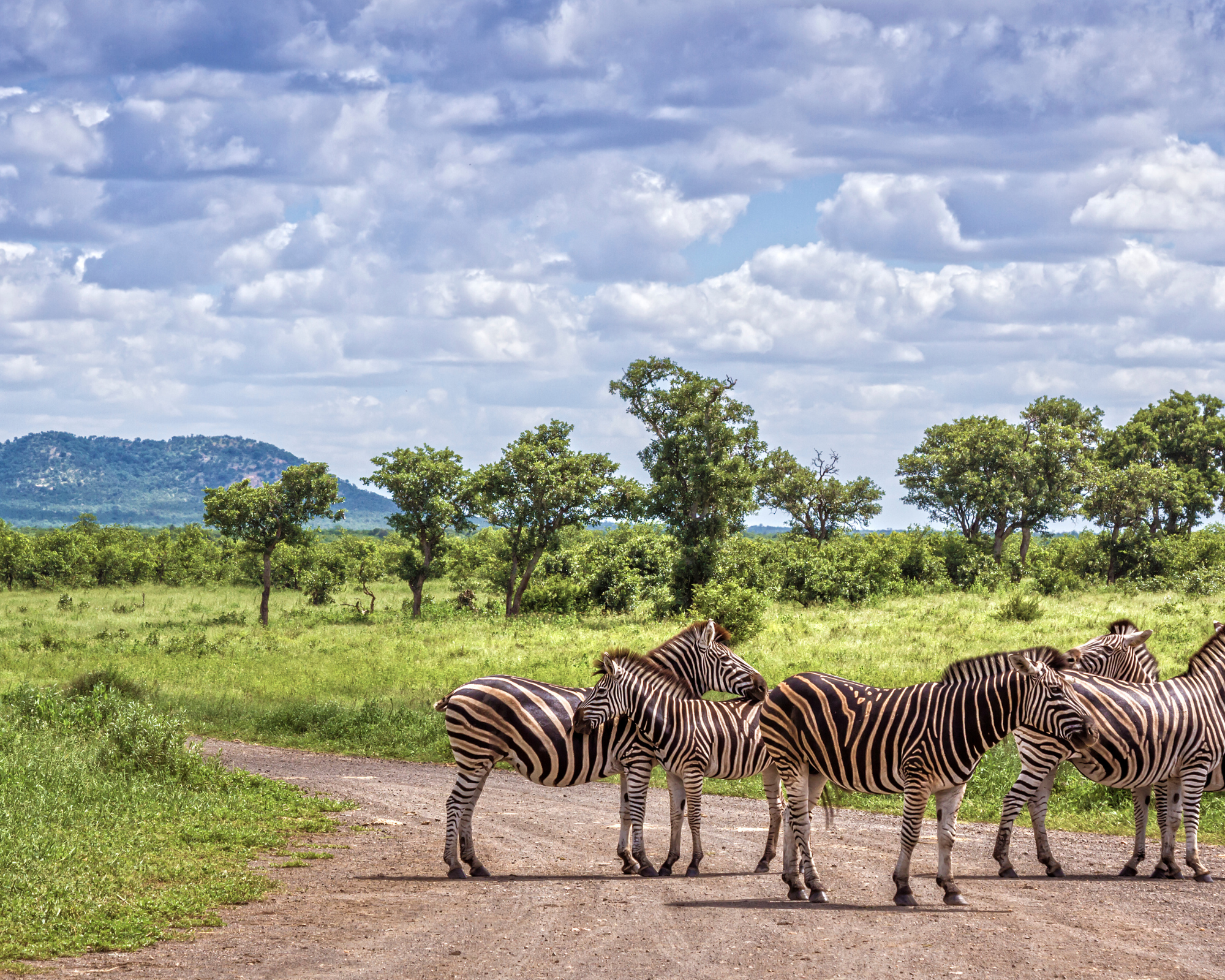
Photo Source : Oana Alexandra Cristea on Facebook
Kafue National Park
Zambia’s largest national park is called Kafue National Park. The park, which is 22,400 square kilometers in size, was created in the 1950s. Kafue is listed by the IUCN at 22,309 km2, and it was made a national park in 1971. The earliest known parks, according to Dutch anthropologist Wim van Binsbergen, existed as early as the 1930s.The park has a north-south extent of about 190 kilometers and measures about 85 kilometers from east to west. It is located on the banks of the Lufupa and the Lunga, two tributaries of the Kafue, a good 200 kilometers west of the city of Kafue. The 370 square kilometer Itezhitezhi Lake is also located here, which lies in front of the Kafue Dam reservoir and regulates its water level.
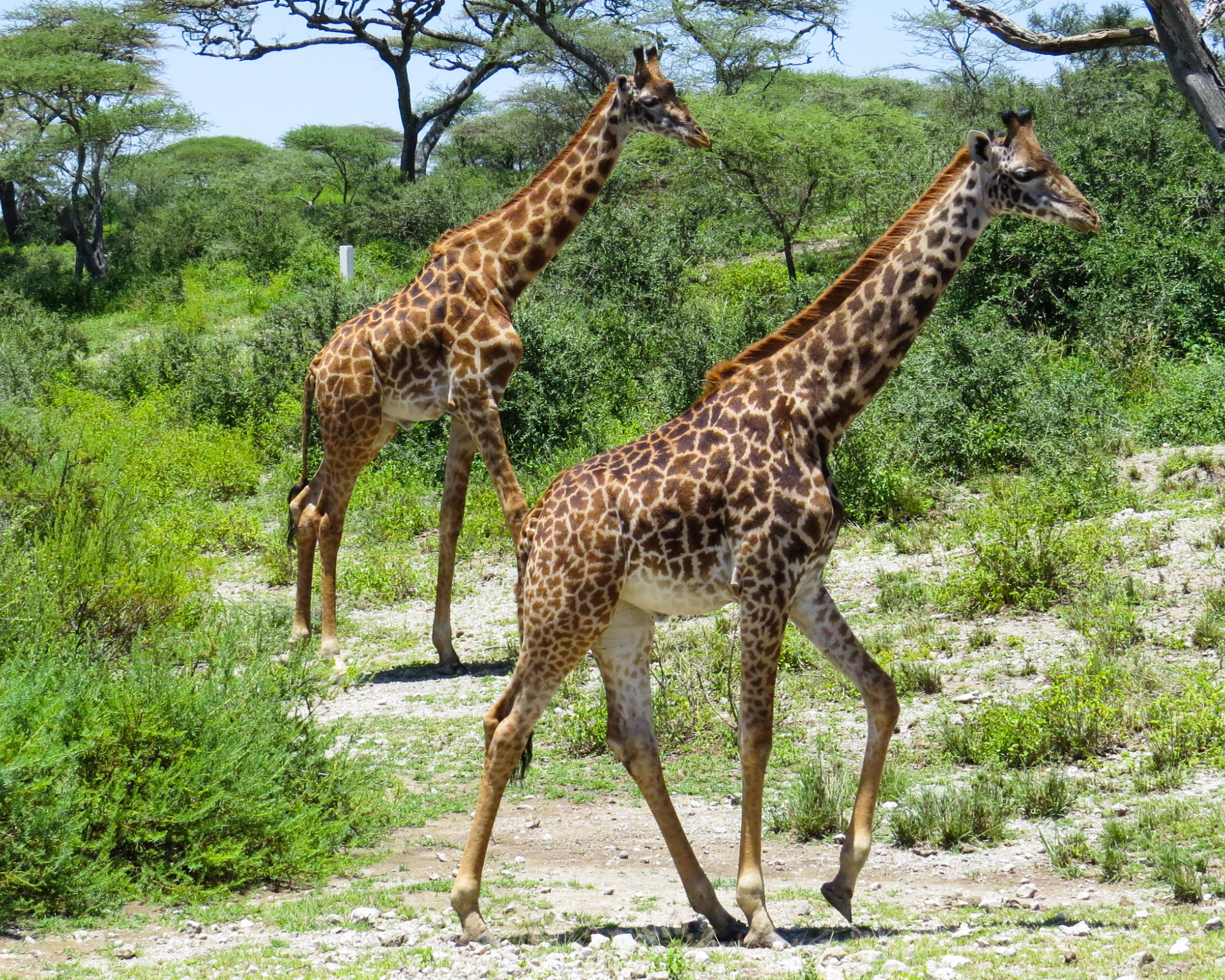
Photo Source : Oana Alexandra Cristea on Facebook
Kariba dam
The Kariba Dam is a sizable dam located in the Zambezi River’s Kariba Gorge near the southern African borders of Zambia and Zimbabwe. The Zambezi River Authority, a bi-national organization, is in charge of running the facility.According to a BBC story on February 6, 2008, if there is a significant amount of rain, the dam may discharge water, forcing 50,000 residents downstream to flee.
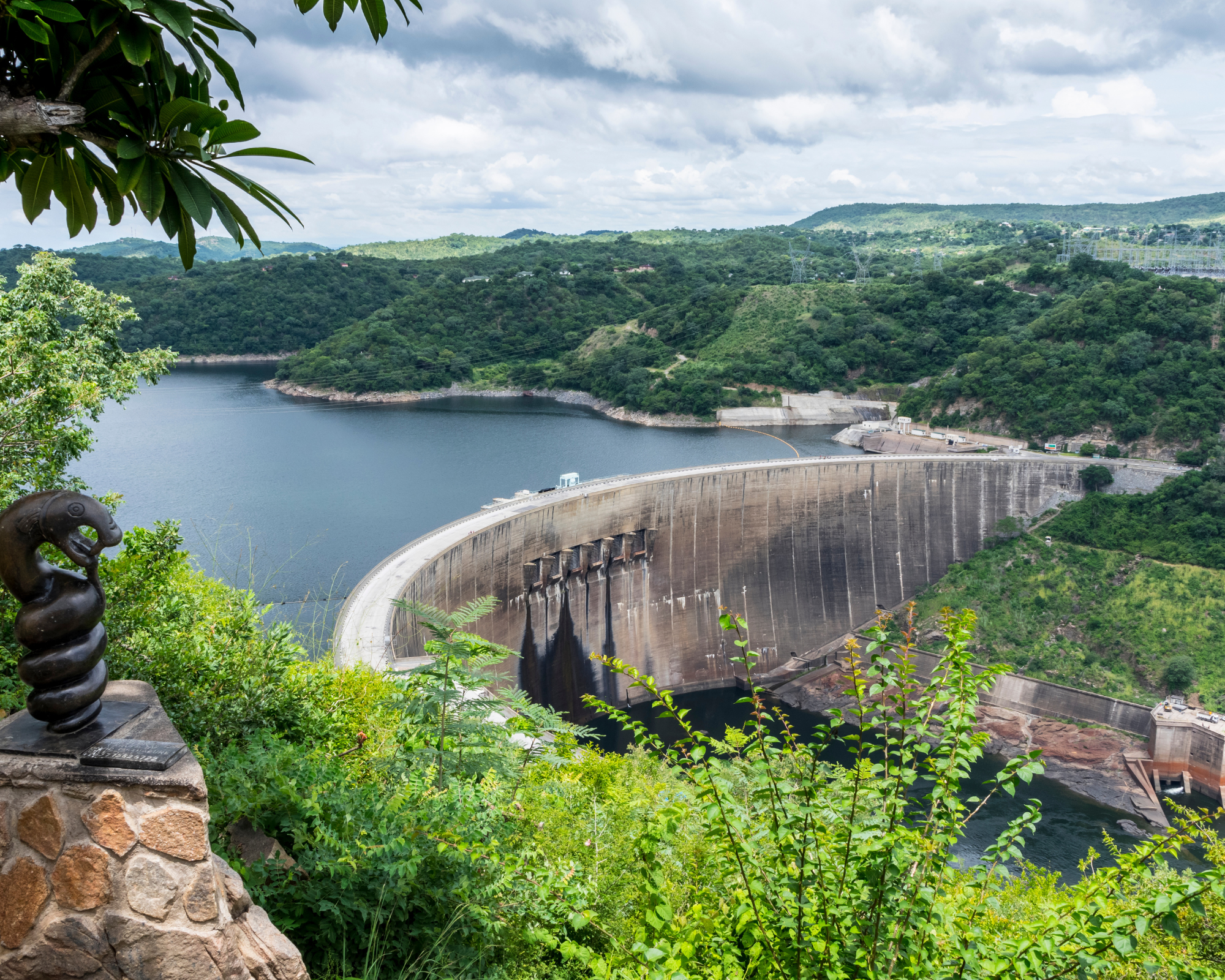
Photo Source : OanaAlexandra on canva.com
Kalambo Falls
The Kalambo Falls are one of Africa’s tallest waterfalls at 235 meters. They are situated in the southeast end of Lake Tanganyika, close to the Tanzanian border with Zambia. Despite the official name, there is only one waterfall there. The Sanzye Falls of the Kalambo are located above this fall.Kalambo Falls is one of Africa’s most significant archaeological sites. With evidence of continuous settlement from the Late Early Stone Age to the present, it has formed a chronology of previous human activity spanning over two hundred and fifty thousand years.
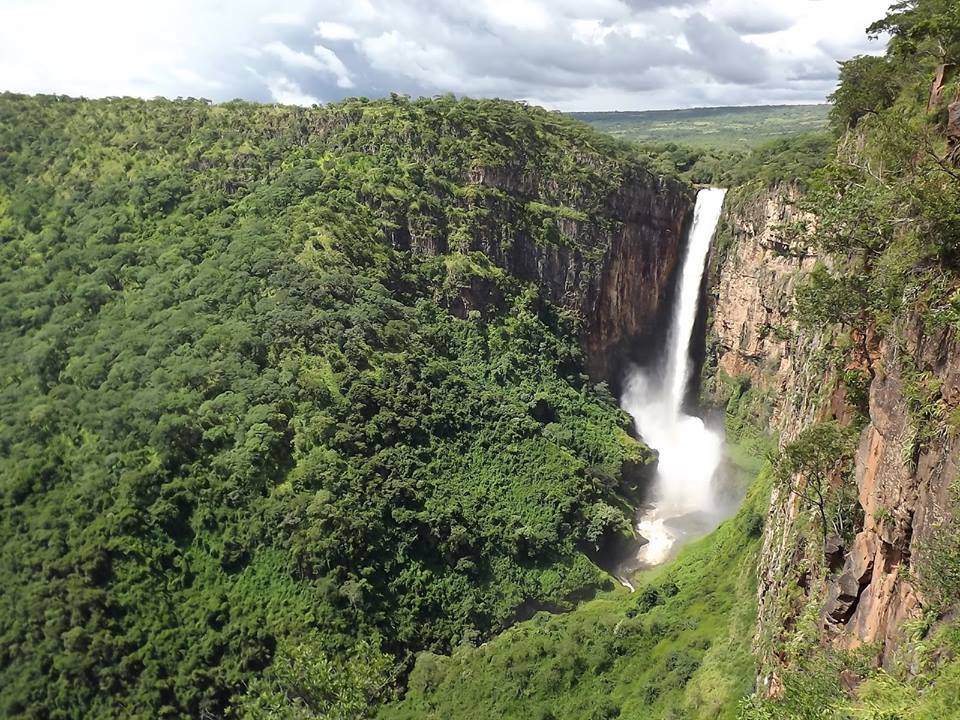
Photo Source : OanaAlexandra on canva.com
Lumangwe Falls
The only way to see Victoria Falls from the Zambian side is to take this breathtaking stroll down the precipice’s Knife Edge. You can stroll across from the Zimbabwean side, and it’s accessible just past the border post with Zambia. If you’re terrified of heights, this stroll could be really terrifying!An incredible drop in the middle of nowhere near the Chipembe Pontoon in the Northern Province creates what appears to be a miniature replica of Victoria Falls. The waterfall, which is 100 meters (328 feet) broad and 35 meters (115 feet) high, feeds a small rainforest on the Kalungwishi River. The 9km (6mi) detour off the main route from Kawambwa to Mporokoso is well worth it since they are truly stunning.
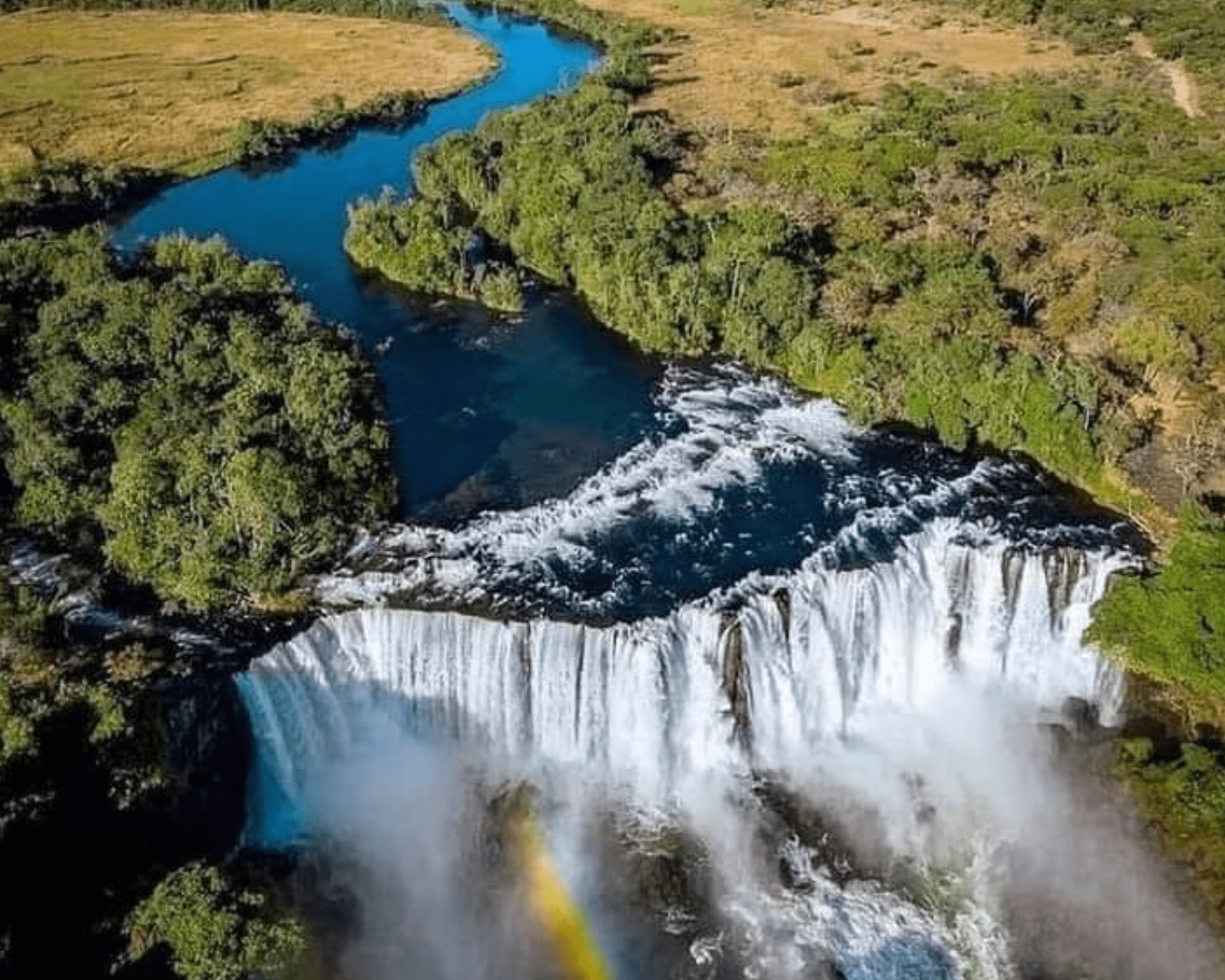
Photo Source : Zambia – The Real Africa on Facebook
Knife Edge Bridge
The only way to see Victoria Falls from the Zambian side is to take this breathtaking stroll down the precipice’s Knife Edge. You can stroll across from the Zimbabwean side, and it’s accessible just past the border post with Zambia. If you’re terrified of heights, this stroll could be really terrifying!The view of the gorge’s bottom is worth going in any season, and it’s easy to observe how the current Falls are vanishing from east to west. You can see Danger Point and the sheer plunge below it, while Knife’s Edge provides a spectacular view back down Rainbow Falls.
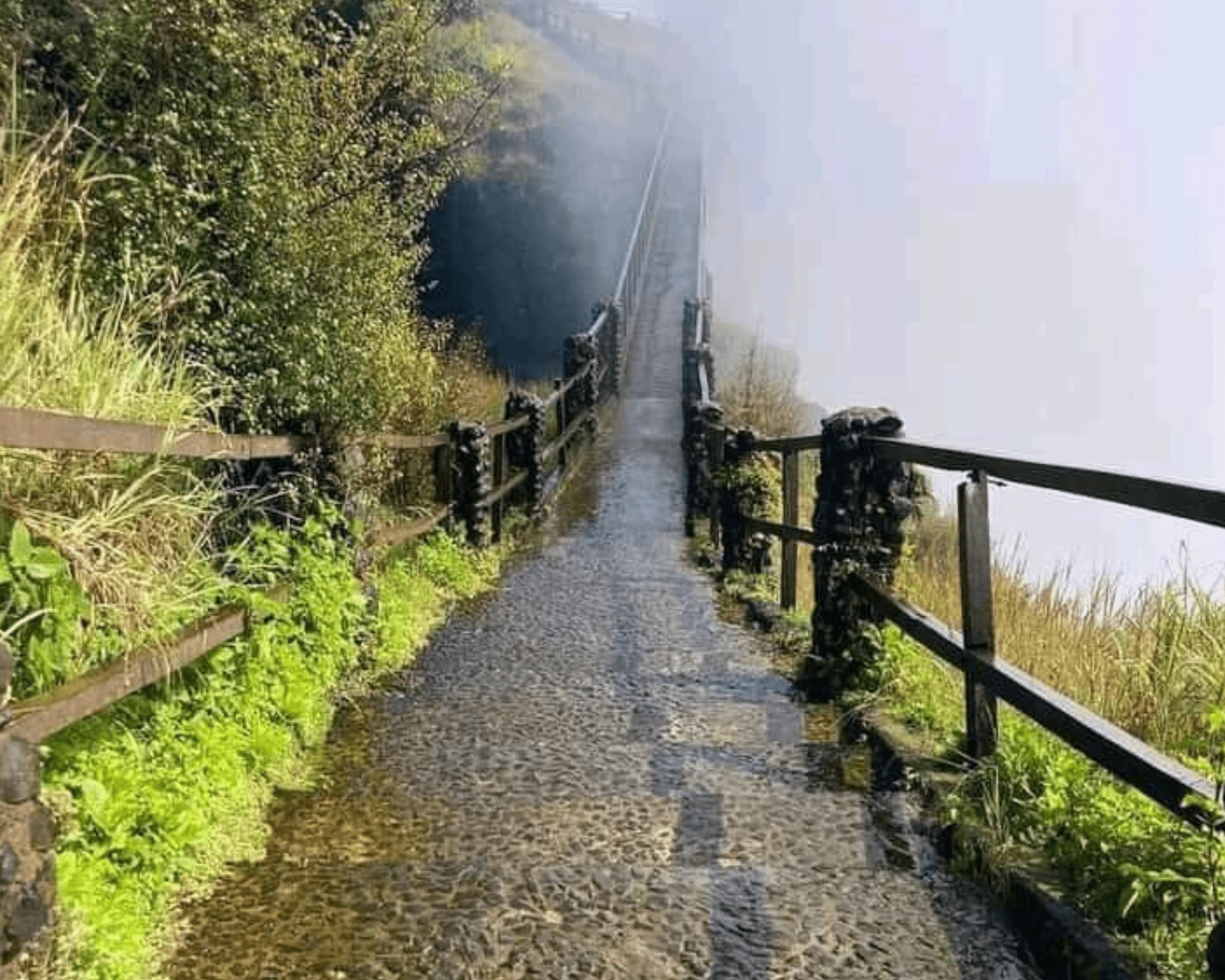
Photo Source : Zambia – The Real Africa on Facebook
Mosi-oa-Tunya National Park
Mosi-oa-Tunya National Park, which borders Zimbabwe in southern Zambia, is home to the popular Victoria Falls, which draws a lot of tourists there every year. Since 1989, it has been a part of the UNESCO-designated Mosi-oa-Tunya / Victoria Falls World Heritage Site. It extends from Victoria Falls upstream to roughly twelve kilometers along the upper Zambezi River.The term “Mosi-oa-Tunya,” which is derived from the Kololo or Lozi language, is currently used in regions of Zimbabwe and Zambia.
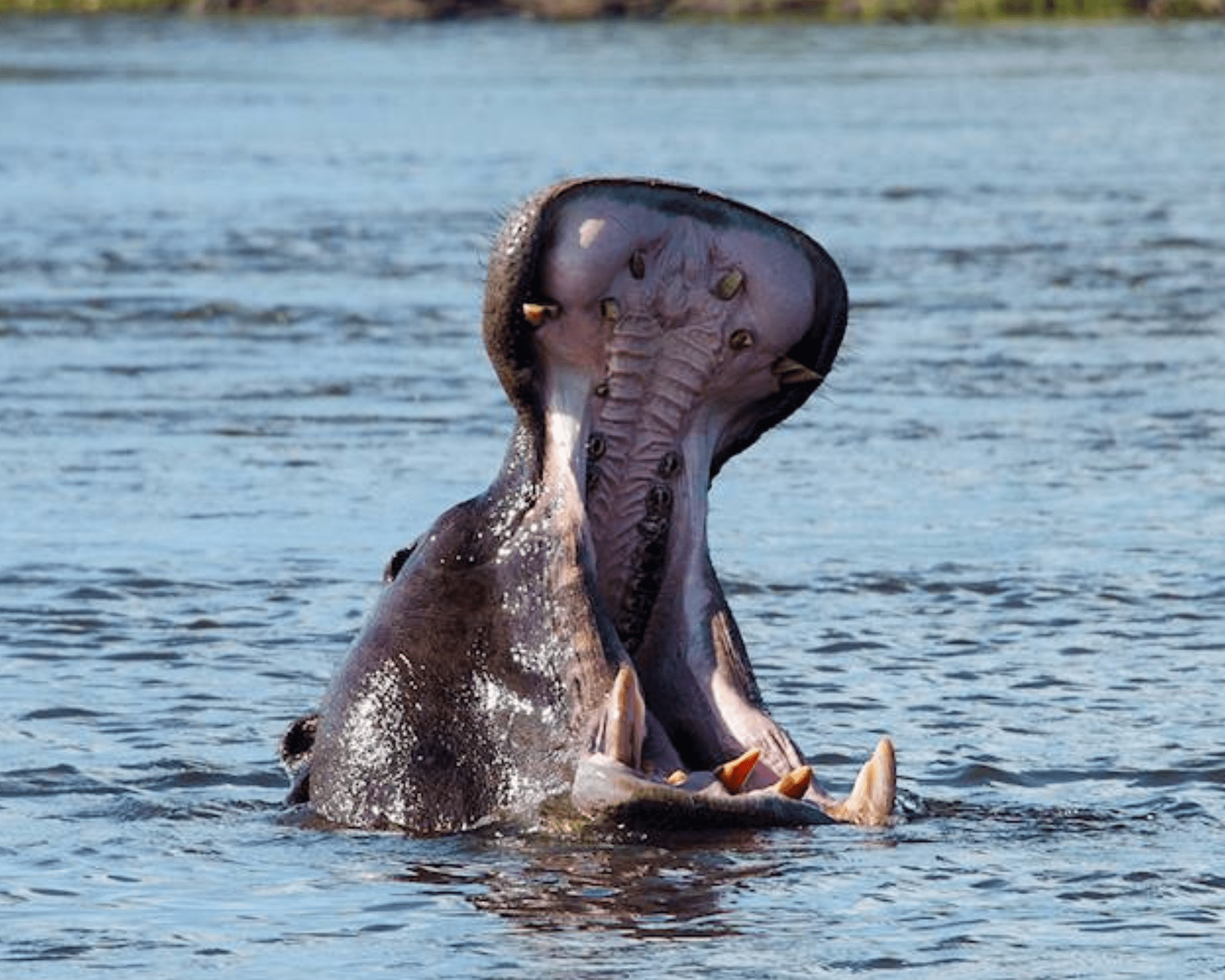
Photo Source : Mtumbi Goma Photography on Facebook
Devils Pool Victoria Falls
Thousands of cubic meters of water continuously fall next to the daredevils as they sit in the Devils Pool. The roaring spray that foams up from the waterfall is one of the best examples of the immense force of the water masses. As a result, a 300-meter-high spray mist is produced.The well-known Livingstone Island, which is perched on the edge of the Victoria Falls, is next to Devil’s Pool. When visiting Livingstone Island, visitors have the option of taking an exciting swim to the edge of the falls.
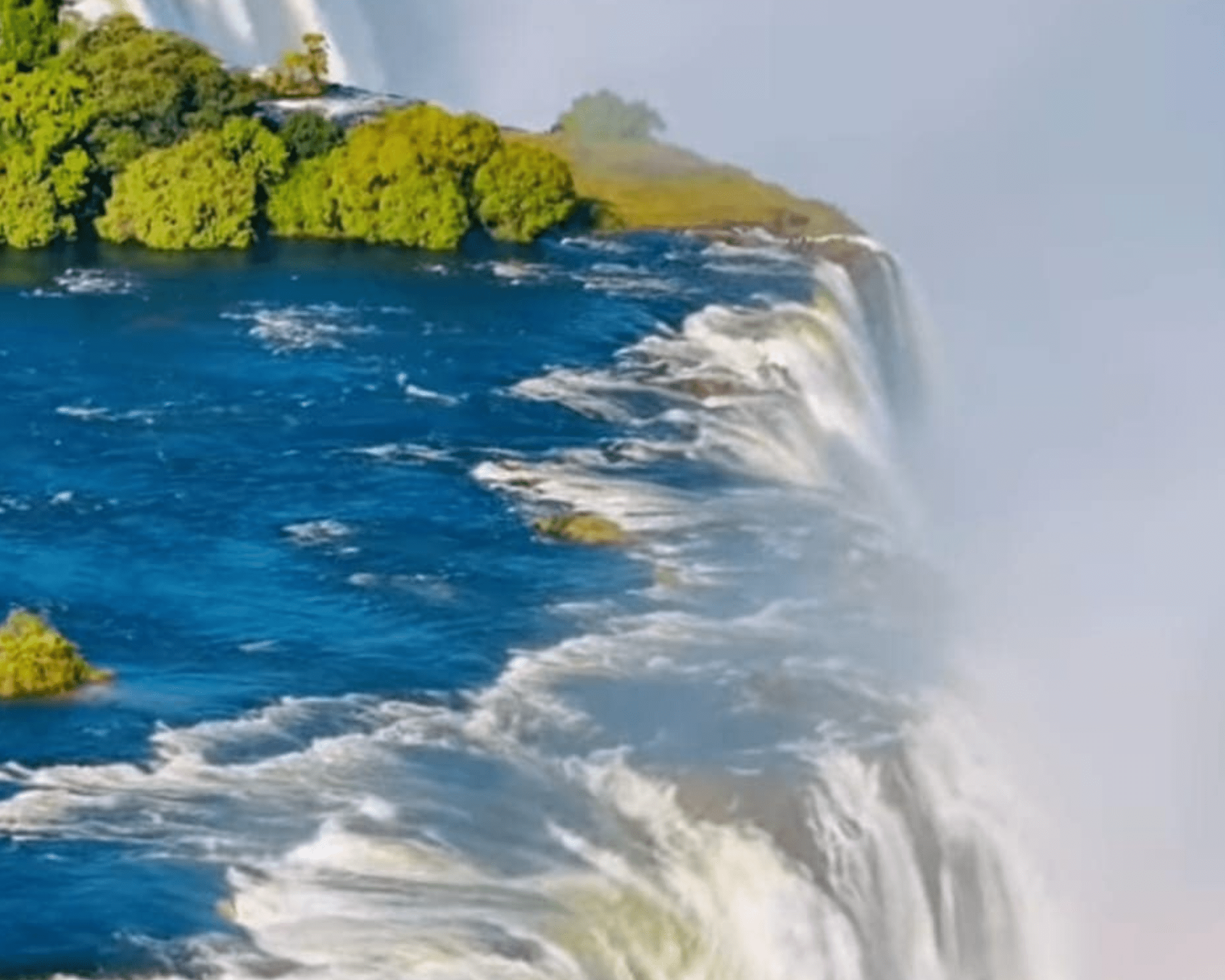
Photo Source : 𝐀𝐅𝐑𝐈𝐊𝐀 on Facebook
Livingstone Museum
The largest and oldest museum in Zambia is the Livingstone Museum, which was formerly known as the Rhodes-Livingstone Museum and then the David Livingstone Memorial Museum. It is situated in Livingstone, close to Victoria Falls. The museum also houses the belongings and mementos of explorer and missionary David Livingstone, including letters and notebooks, in addition to exhibits of items pertaining to local history and prehistory, including as pictures and musical instruments.
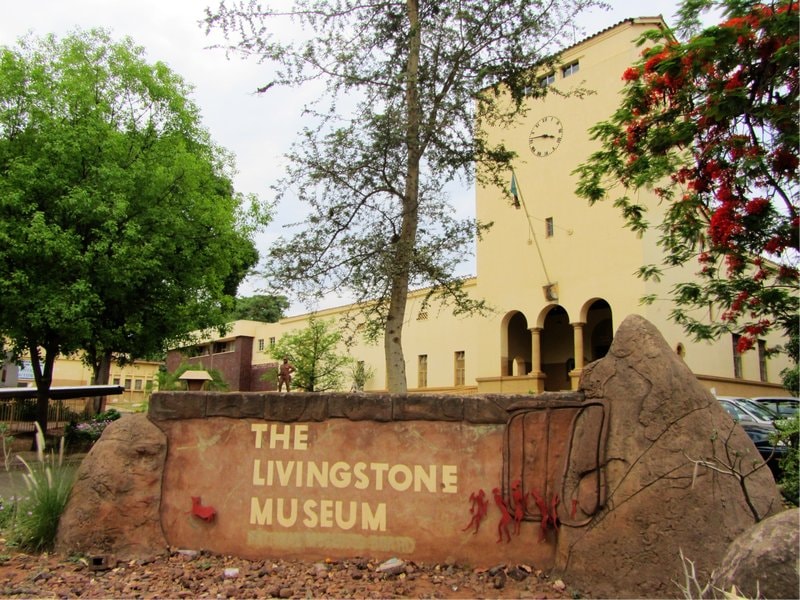
Photo Source : OanaAlexandra on canva.com
Kabwata Cultural Village
Along Burma Road in Lusaka City, Kabwata Cultural Village is ten minutes’ drive south of the city center. The community is well known for its abundance of exquisite artworks that highlight Zambian customs and culture, including as drums and other traditional musical instruments, wood sculptures, beads, masks, and a range of African fabrics. Because artists have learned from each other, it might be challenging to determine which specific regional tradition a work is part of today. Artists from the Eastern Province, for instance, who were experts in creating Nyau dance costumes, are now able to create Makishi dance costumes that are reminiscent of the Western or Northwestern Provinces.
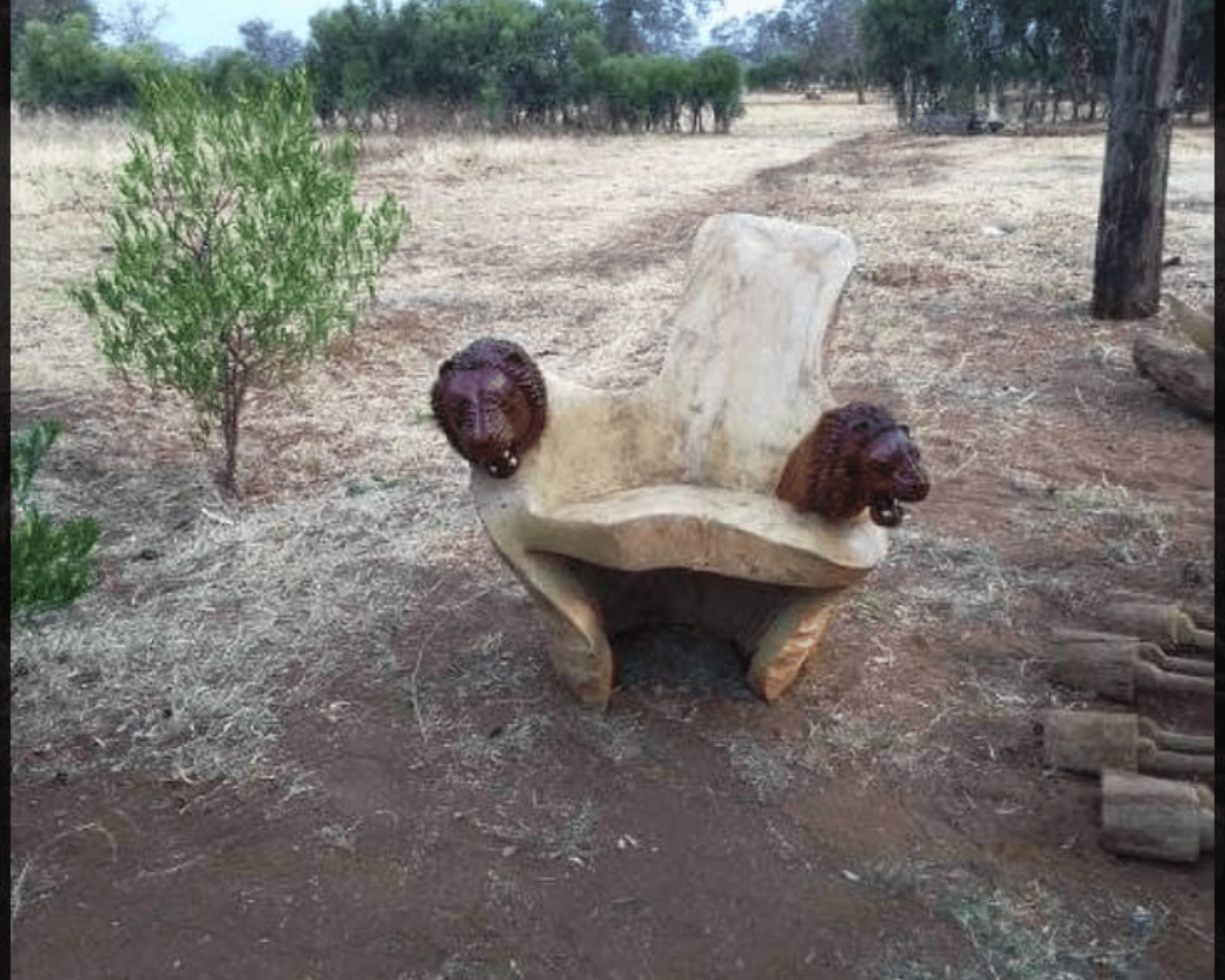
Photo Source : Kabwata Cultural Village on Facebook
Monkey Pools
is the undiscovered gem of Lusaka for clean family fun. At MukaMunya, enjoy picnics, retreats, bar access, yoga, and more. It was constructed as a gated community development with 64 one-hectare plots in a stunning, lush natural environment on Leopards Hill Road, surrounded by a park. It’s now a nature haven accessible to anybody in Zambia searching for classy, alternative, and pure family activities.
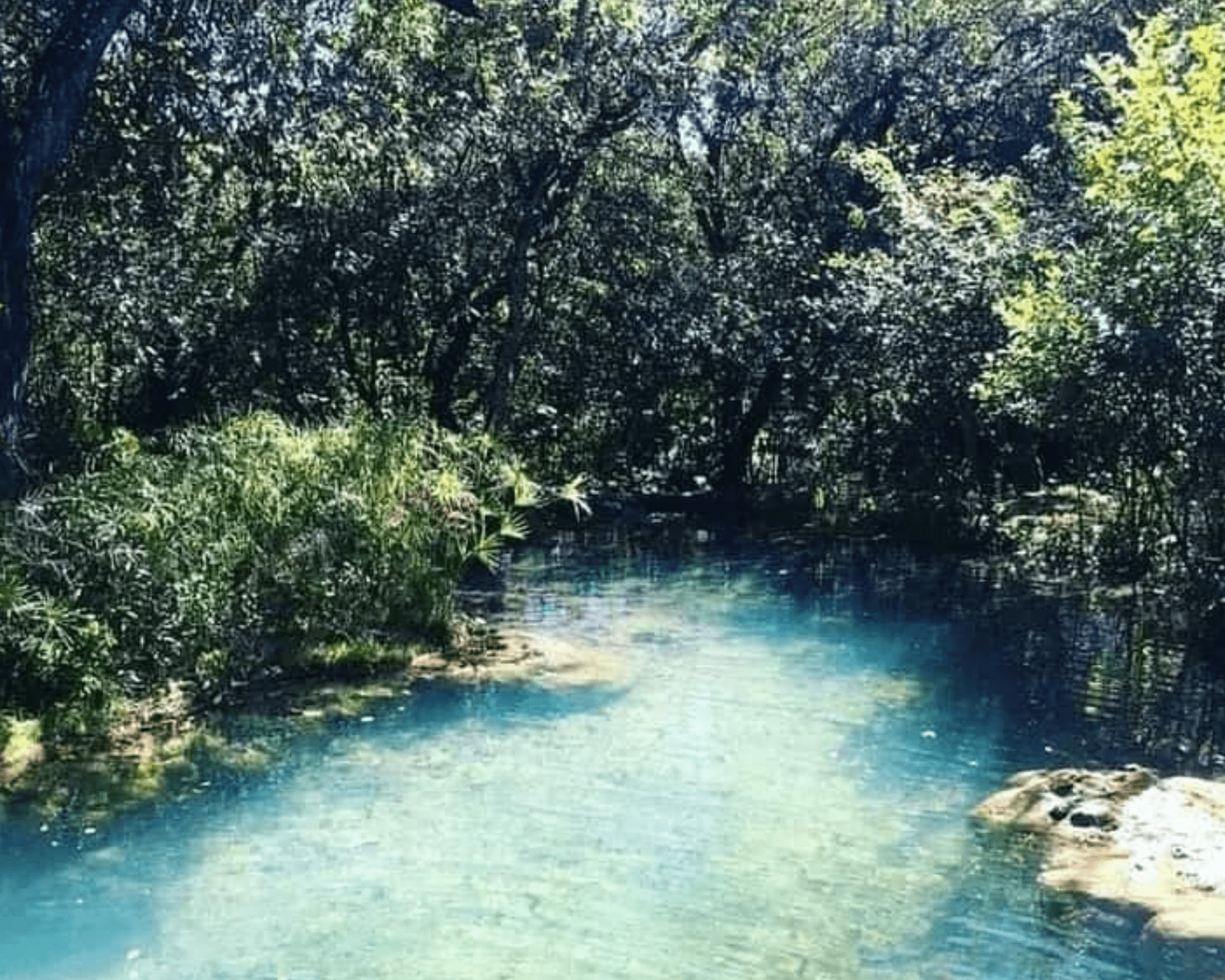
Photo Source : Beyond Zambia on Facebook
Book your perfect vacation!
Vacations: We are happy that we have the opportunity to work with the most famous companies in the world, we always order our vacations from these companies and we have never been disappointed: Check 24, Trivago, Trafalgar, TravelUp, Insight Vacations, Explorer Fernreisen.
Where to stay
Hotels, bed & breakfasts, and guesthouses, regardless of location—in the center of town, close to a lake, or amid natural surroundings. We were able to identify the top companies providing the best hotels: Booking.com, Trip.com, TravelUp, esky, Hoteltopia, Millennium Hotels and Explorer Fernreisen.
Where to eat
Traditional food to try in Zambia
The national dish is nshima,a thick porridge made from mealie meal, a somewhat coarse flour derived from mealies or maize. Simple Zambian food called Kapenta (Dry Sardines) Ndiwo is usually made with onions, tomatoes, and a variety of lush green vegetables. There are numerous ways to prepare and prepare Dry Fish Samp. It goes well with roasted or raw ground peanuts, sugar, fresh or sour milk, and other foods.
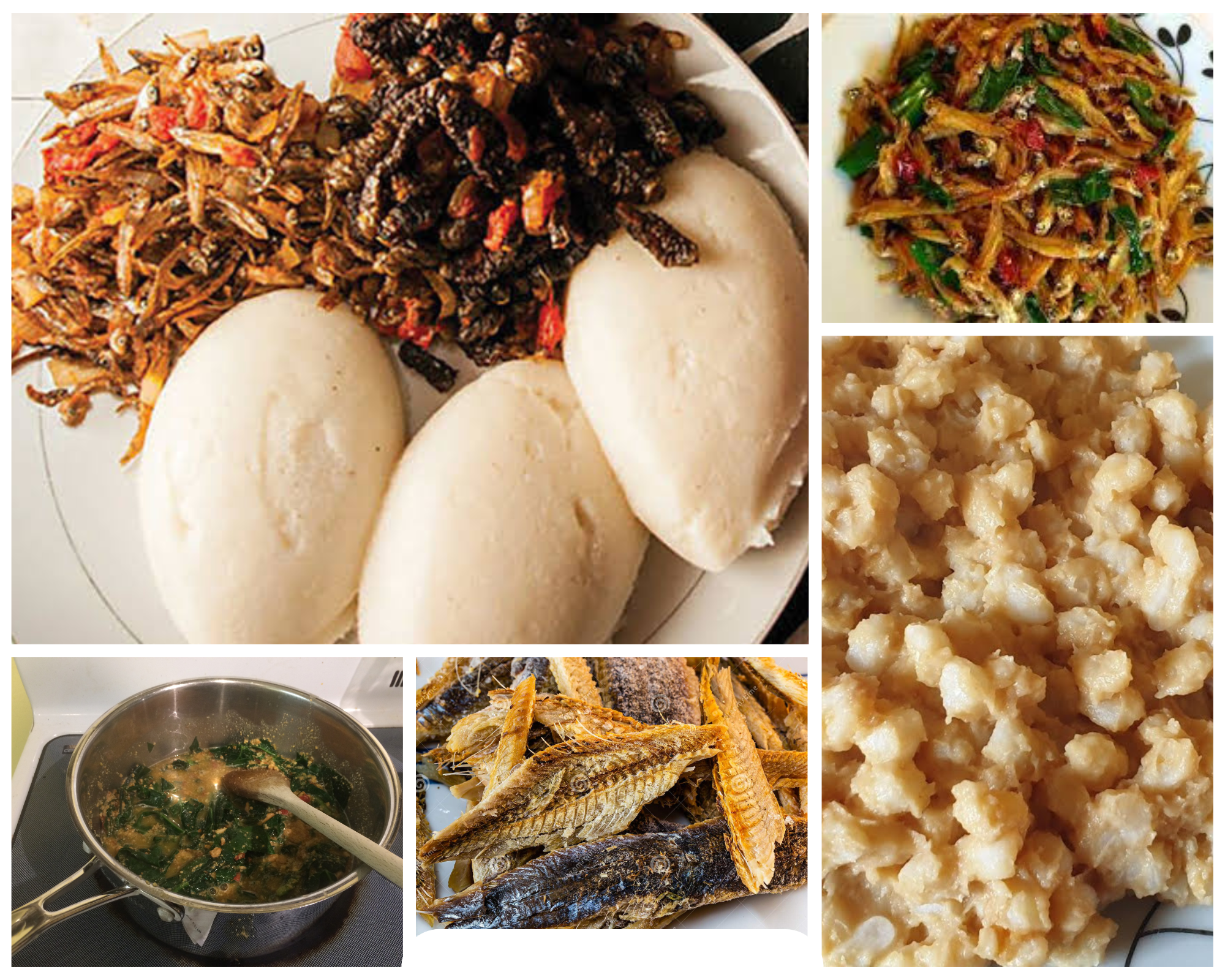
Photo Source : OanaAlexandra on canva.com
Traditional ndiwo food from Zambia is called kalembula, and it’s made of sweet potato leaves, tomatoes, onions, and almonds. Traditional Zambian food called ifisashi is prepared with peanuts, tomatoes, onions, and greens like collard greens, sweet potato leaves, spinach, and pumpkin leaves. Tongabezi chicken curry, or kandolo (sweet potatoes) curry: curry powder, yogurt, ginger, coriander, onions, tomatoes, garlic, lemongrass, and hot peppers are typically combined with chicken. The main attraction of delele, which is made using baking soda, is its slimy texture. In Zambia, there are several varieties of okra consumed. The most popular kind is called ladyfingers.
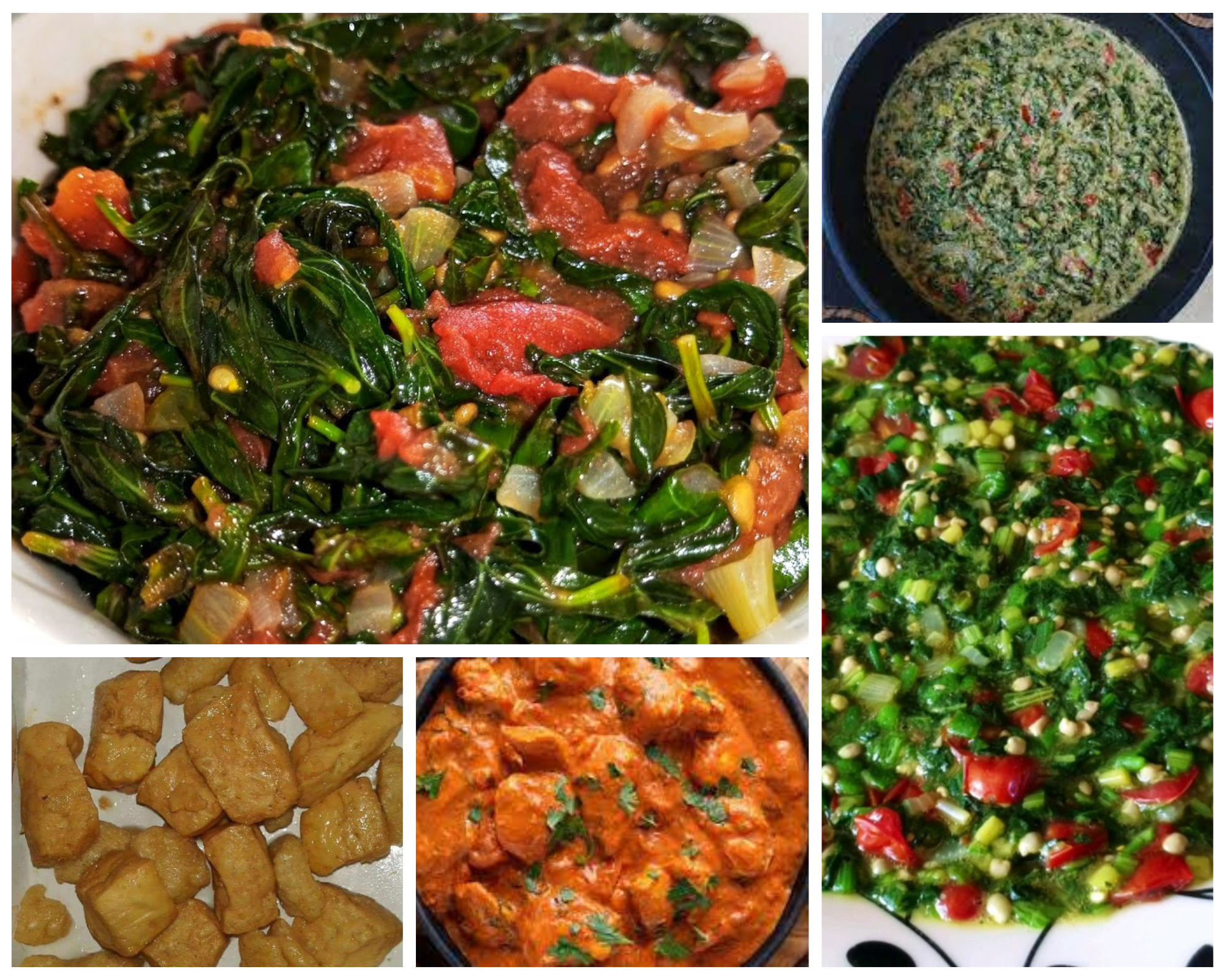
Photo Source : OanaAlexandra on canva.com
Tips and Tricks
Compare prices on hotels by shopping around. Coaches are operated by numerous bus operators out of Lusaka. They let you to save a lot of money and run from Lusaka to Livingstone approximately nine times a day. They are generally safe and comfortable. You’ll find lesser rates if you travel between December and May because it’s off-season. Visit neighborhood marketplaces to purchase
Check out the free attractions Traveling by taxi can get expensive, so make use of the affordable public transportation. You’re supposed to haggle. If you switch to this currency and utilize your cash for purchases, you’ll save money.

Photo Source : OanaAlexandra on canva.com
Book your tours!
Tours: If you do not go by car and need to know more information about the tours, and things to see, we recommend these companies that are offering tours for any kind of activity you want to do and where you can buy trips much cheaper than if you buy them when you arrive at your destination. It is always good to be able to save some money!
Viator, Get Your Guide, Tiqets, City Sightseeing, Sesame, Sightseeing Pass, Contiki, Riviera Travel, CityPass: the best activities in town!
Shopping

Photo Source : OanaAlexandra on canva.com
Getting around
The sole active international line now connecting Kapiri Mposhi and Dar es Salaam, Tanzania, is the Tazara Railway. Every Tuesday and Friday at 4:00 p.m. is when the two-day excursion departs. Another option is to travel to the Tanzanian border from Kapiri Mposhi. Additionally, there is an intercity railway that connects Kitwe and Livingstone, stopping in Lusaka en route. This route is served by two trains: the quicker Zambian Express and the normal day service. Regular trains only have one class of seating; express trains provide two, four, or six sleepers, among many more options. Zambian rail travel is sluggish yet dependable and safe.
Although they are erratic and uncomfortable, minibuses are ubiquitous and provide tourists with a genuine experience. They are utilized as public transportation in Lusaka and may be flagged down almost anywhere. Long-distance travelers benefit greatly from larger, luxurious coaches, which often leave from or arrive at Lusaka’s bus station.
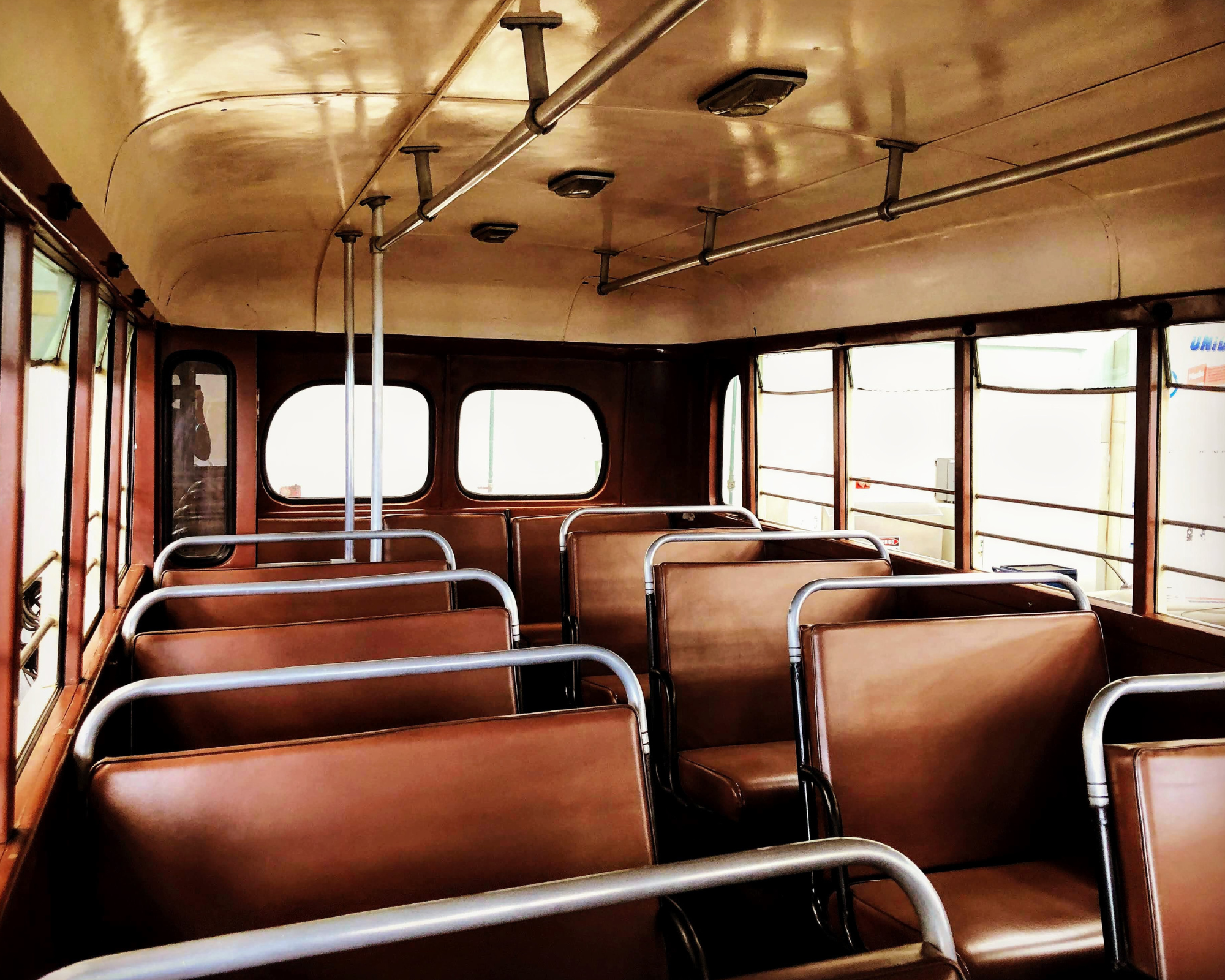
Photo Source : OanaAlexandra on canva.com
Despite being landlocked, Zambia is accessible by ferries from Namibia over the Zambezi River and from Tanzania across Lake Tanganyika. Other than that, boats are usually used for leisure activities only, like river safaris, fishing excursions, sunset cruises, and whitewater rafting. Official taxis are usually blue or gray in color. Taxi services are available in Zambia’s major, most popular cities. These operate at a fixed rate rather than a metered one, with a short trip typically costing about $4 US.
Book your transport!
Here you can find the best offers to rent the right car for you, as well as parking right in the airport: esky, Explorer, Centauro and intui.travel.
Getting here
journeys into and out of Zambia. The majority of travelers to Zambia land in either Livingstone or Lusaka. As the capital, Lusaka is served by several foreign flights; many visitors arrive here straight from Dar es Salaam (Tanzania), Nairobi (Kenya), or Johannesburg (South Africa).
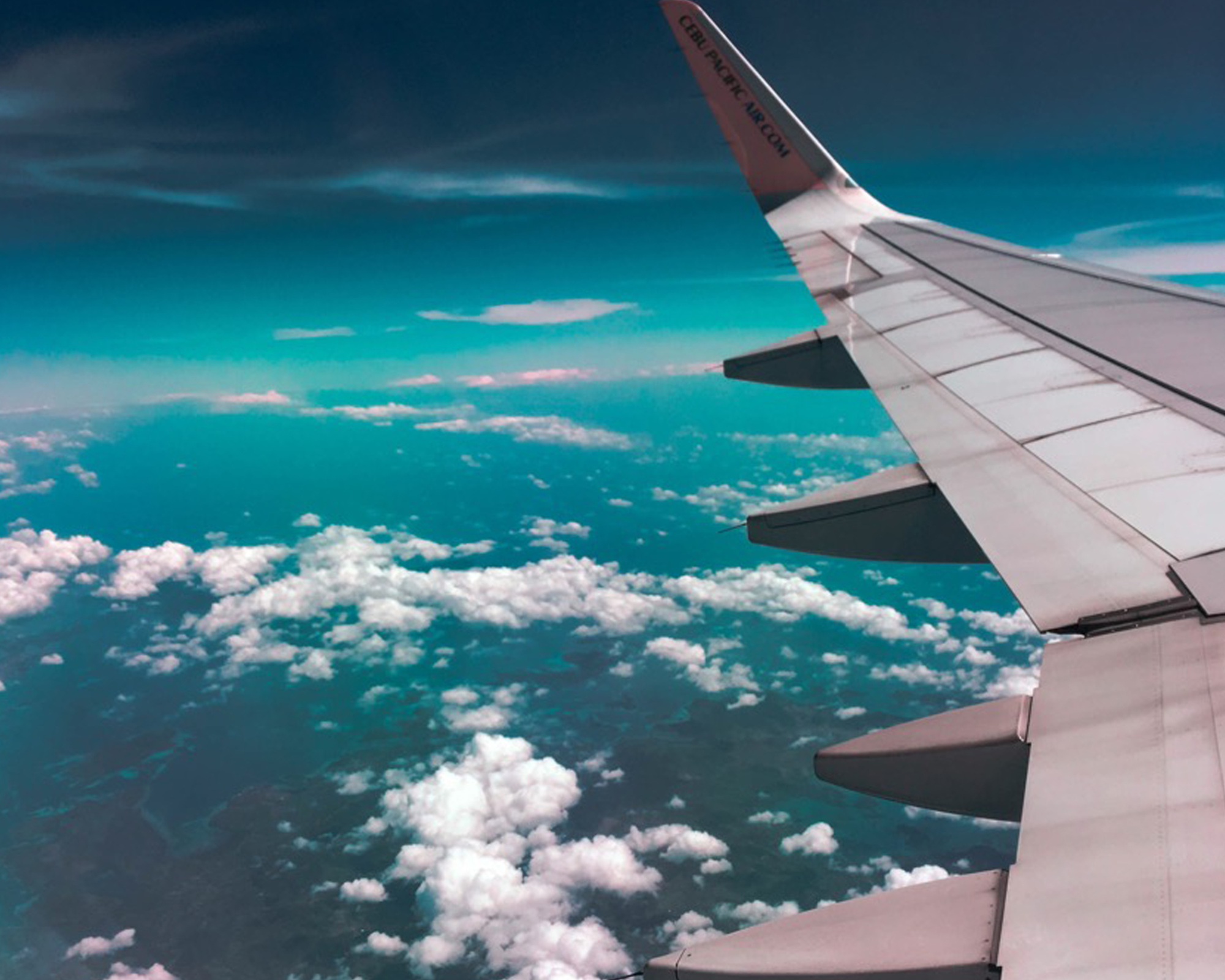
Photo Source : OanaAlexandra on canva.com
Book tour Flights!
If you have not found your desired flight, or you simply want more flight options to find the best and cheapest, we will help you with the best flight plans, where you will definitely find what you are looking for. With just one click you will find the cheapest flights to a wonderful destination!
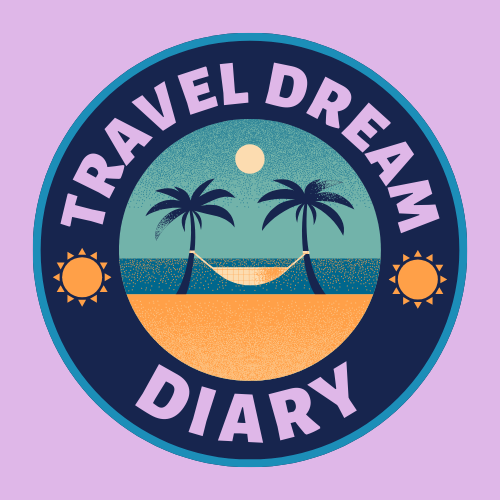

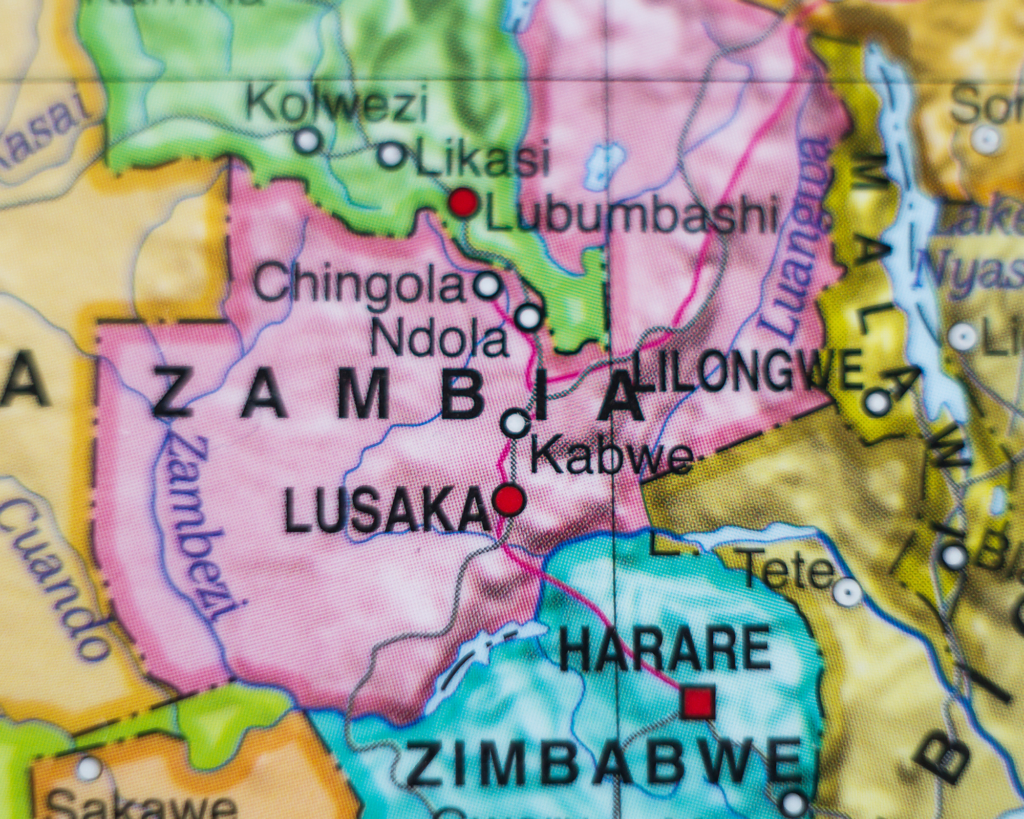
















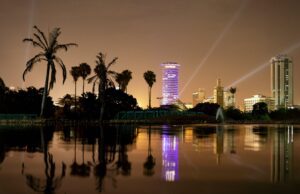
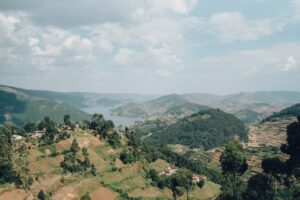
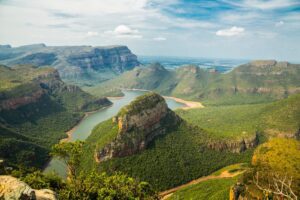
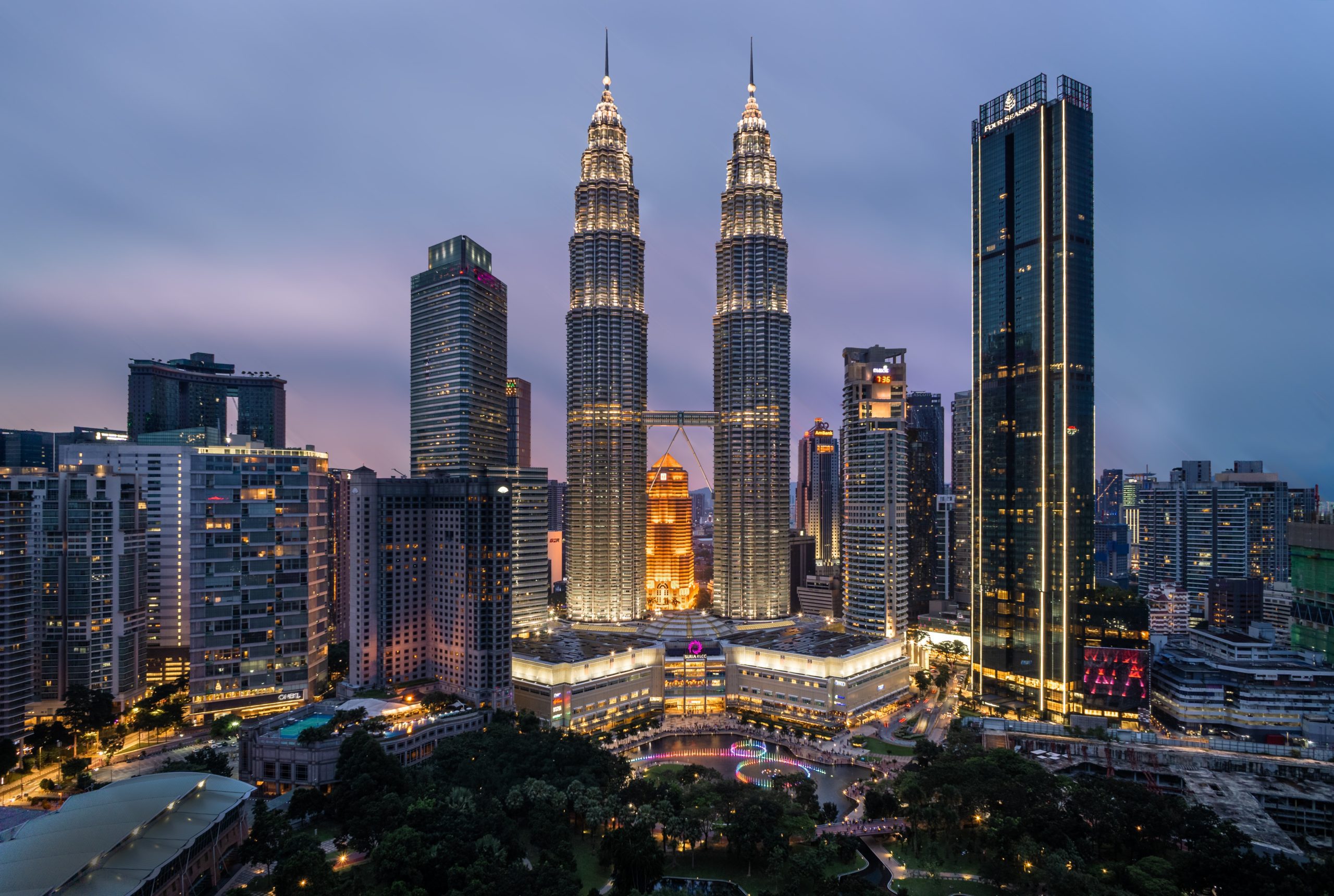
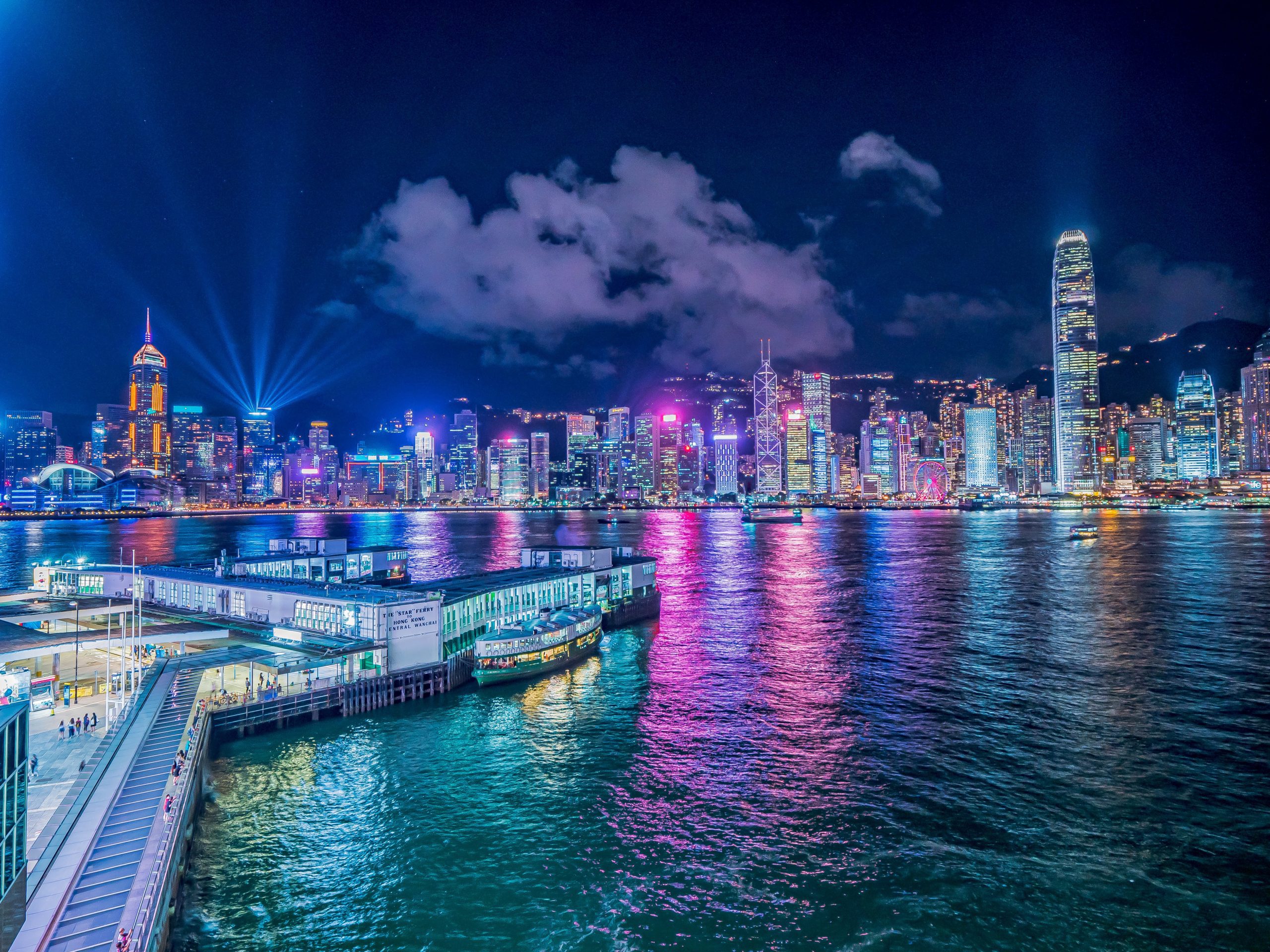
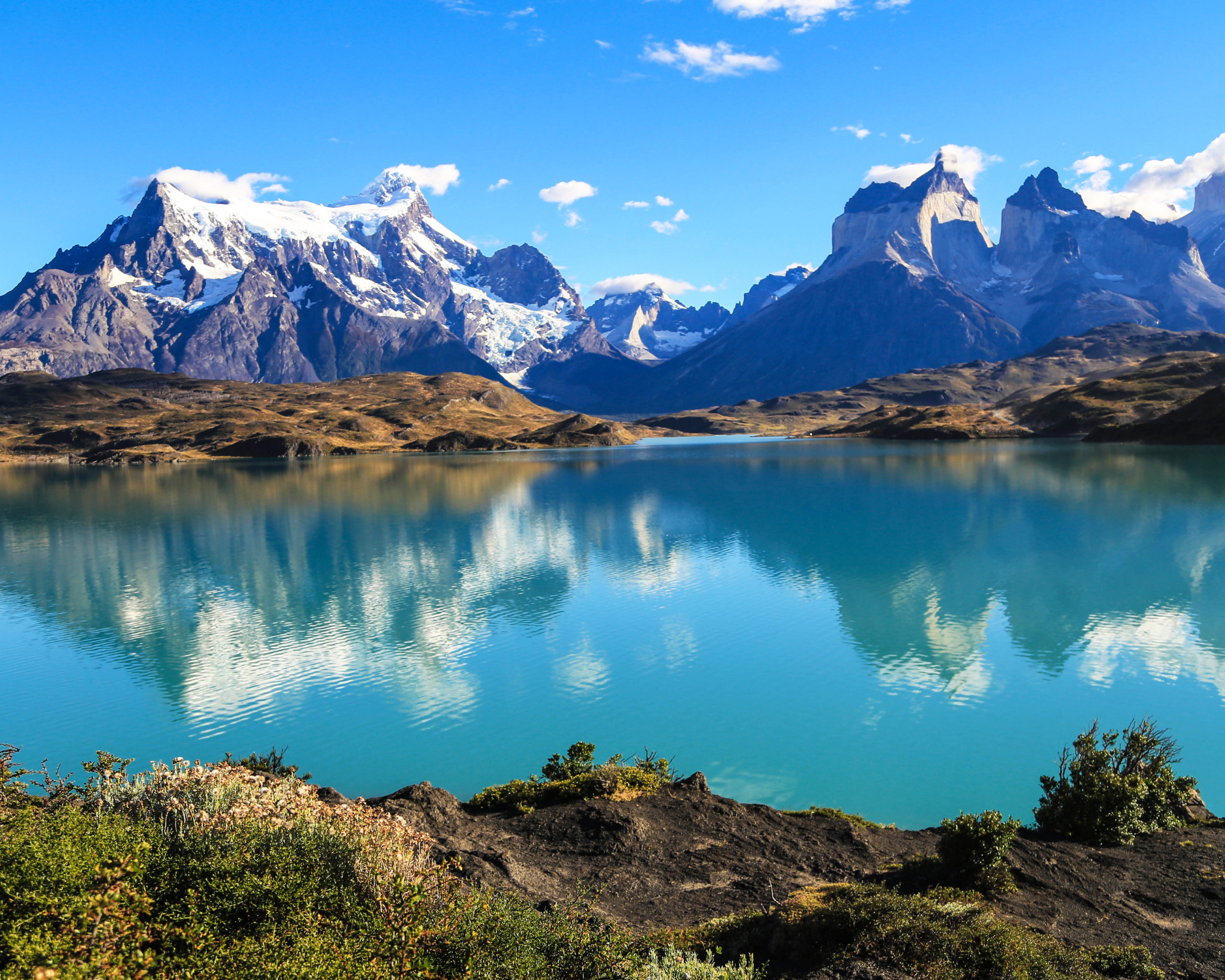
I have always wanted (still want to) visit Victoria falls in Zambia. Thanks for super useful info on where to get some stunning views of it
Thank you very much for sharing your thoughts! Is so great to speak with travel lovers about our dreams!